Buy Women at the Races, Édouard Manet as a reproduction on canvas, ArtFrame, poster and wallpaper, printed on demand in high quality.
About "Women at the Races, Édouard Manet"
About the artwork
Women at the Races, Édouard Manet
The small but exquisite work, "Women at the Races" defines Edouard Manet as a "flâneur." Flâneur was the term for the purposeful male stroller of Paris, a cultured sophisticate of sharp observation and ready comment about the flow of events, the city’s movements, and changes in fashion—in short, all life.
Manet came from a well-to-do bourgeois family, and studied with the academic painter Thomas Couture. Yet he rejected the traditional, elevated subjects favored by academic painters, finding inspiration in contemporary life in the largely rebuilt and modernized Paris of the Second Empire. He executed "Women at the Races" with extremely sketchy modeling and used large flat patches of color and bold silhouettes to create the effect of flickering sunlight and shadow.
This painting shows Manet’s cool observation of the day-to-day life of Parisian society. The women are spectators at a horse race in the fashionable Bois de Boulogne, outside Paris. Horseracing, recently imported from England, was the latest fad among wealthy Parisians. The women wear plain, though luxurious, dresses and hold parasols to protect themselves from the sun. One looks towards the track while the other gazes off into the crowd. With unerring brushstrokes, Manet captured the character and self-assurance expressed in their poses, demeanors, and actions.
Old Master collections
Discover more Old Masters in the following collections:
 Netherlands
Netherlands Ordered in July 2024
Ordered in July 2024
 Germany
Germany Ordered in November 2021
Ordered in November 2021
 Netherlands
Netherlands Ordered in February 2021
Ordered in February 2021
 Germany
Germany Ordered in June 2023
Ordered in June 2023
 Netherlands
Netherlands Ordered in December 2019
Ordered in December 2019
 Netherlands
Netherlands Ordered in March 2024
Ordered in March 2024
 Netherlands
Netherlands Ordered in November 2021
Ordered in November 2021
 Netherlands
Netherlands Ordered in August 2025
Ordered in August 2025
 Netherlands
Netherlands Ordered in July 2019
Ordered in July 2019
 Germany
Germany Ordered in May 2021
Ordered in May 2021
 Germany
Germany Ordered in January 2020
Ordered in January 2020
 Netherlands
Netherlands Ordered in October 2020
Ordered in October 2020
About the material
ArtFrame™
Interchangeable Art Prints
- High-quality print
- Easily interchangeable
- Acoustic function
- Large sizes available
Discover the Old Masters collection
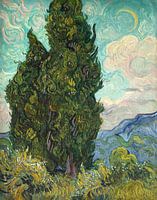 Cypresses
Cypresses Agapanthus, Claude Monet
Agapanthus, Claude Monet The Mirror, Robert Reid
The Mirror, Robert Reid The School of Athens, Raphael
The School of Athens, Raphael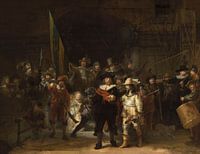 The Night Watch, with missing parts, Rembrandt
The Night Watch, with missing parts, Rembrandt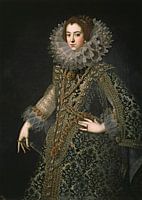 Queen Elizabeth of Bourbon
Queen Elizabeth of Bourbon The great wave of Kanagawa, Hokusai
The great wave of Kanagawa, Hokusai Portrait of a woman, anonymous - 1633
Portrait of a woman, anonymous - 1633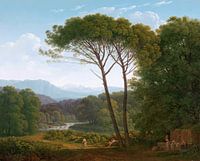 Italian landscape with pine trees, Hendrik Voogd
Italian landscape with pine trees, Hendrik Voogd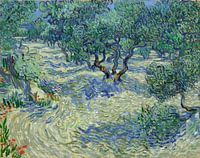 Vincent van Gogh. Olive orchard
Vincent van Gogh. Olive orchard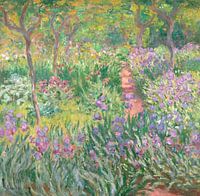 The Artist’s Garden in Giverny, Claude Monet
The Artist’s Garden in Giverny, Claude Monet A Amsterdam street scene - Adrianus Eversen
A Amsterdam street scene - Adrianus Eversen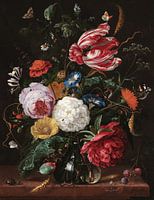 Flower arrangement, Jan Davidsz. de Heem
Flower arrangement, Jan Davidsz. de Heem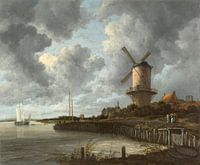 The mill at Wijk bij Duurstede, Jacob Isaacksz. van Ruisdael
The mill at Wijk bij Duurstede, Jacob Isaacksz. van Ruisdael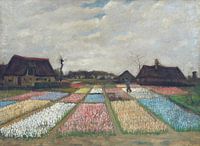 Vincent van Gogh. Flower beds in Holland
Vincent van Gogh. Flower beds in Holland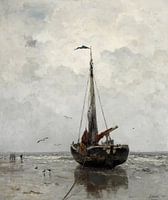 Jacob Maris - Fishing boat
Jacob Maris - Fishing boat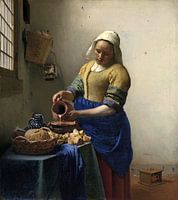 The Milkmaid - Vermeer painting
The Milkmaid - Vermeer painting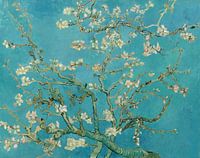 Almond blossom painting by Vincent van Gogh
Almond blossom painting by Vincent van Gogh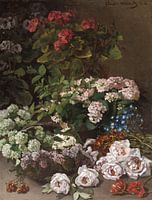 Spring Flowers, Claude Monet
Spring Flowers, Claude Monet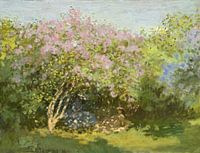 Lilac in the sun, Claude Monet
Lilac in the sun, Claude Monet
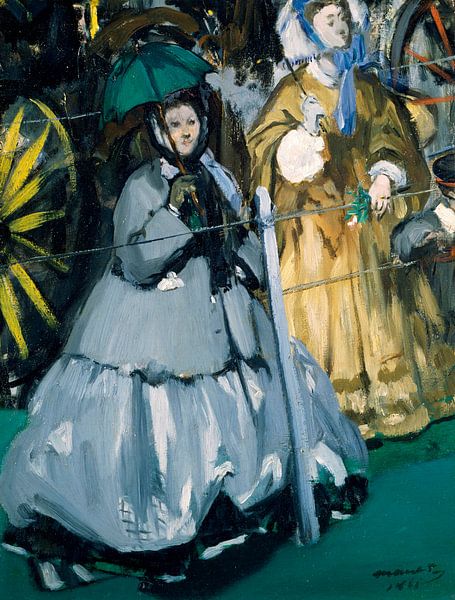
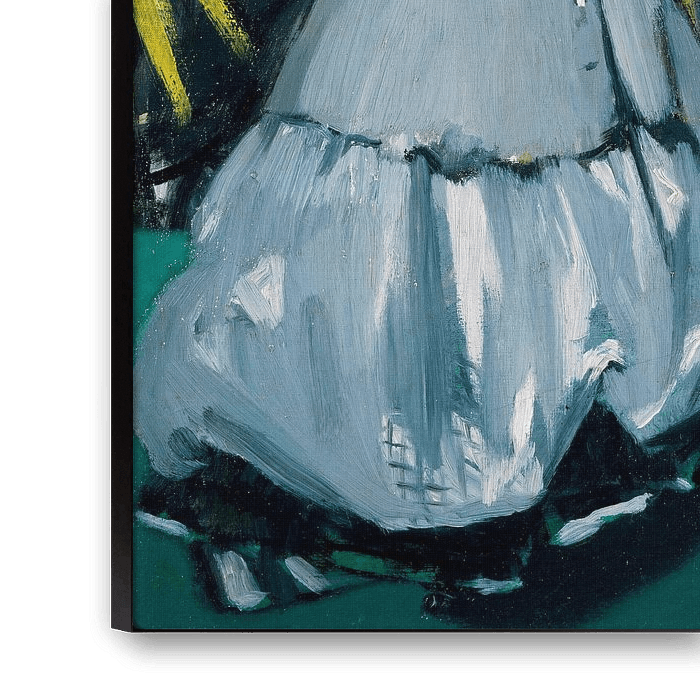
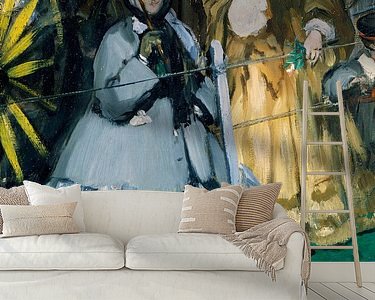
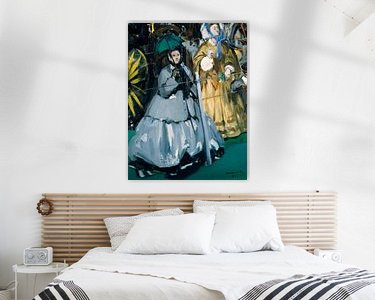

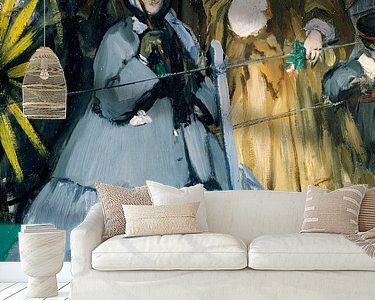
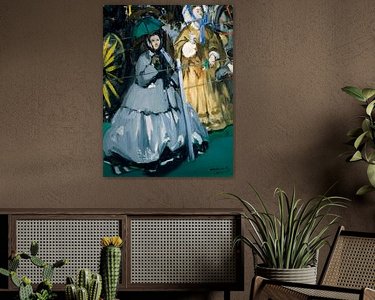
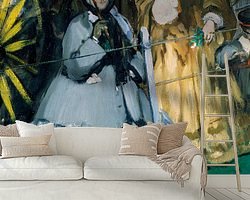

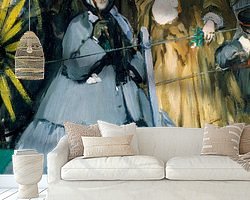



 Female
Female Impressionism
Impressionism Naturalism
Naturalism Nostalgic Memories
Nostalgic Memories Old masters
Old masters Portrait
Portrait Portrait paintings
Portrait paintings Serene Peace
Serene Peace Édouard Manet
Édouard Manet









